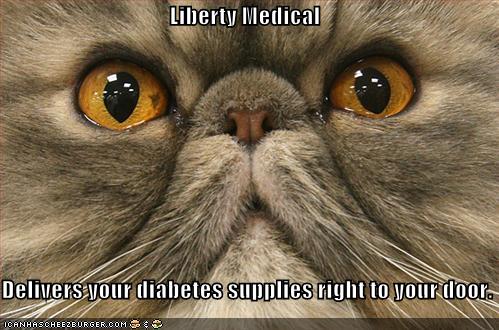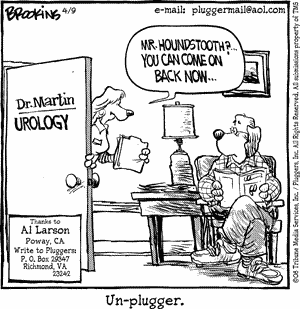I wrote an answer to this question on Quora back in 2013.
Will Amazon provide pharmacy services that take market share from Walgreens and CVS in the future?
In other words, will Amazon be able to take market share from those companies that fill your prescriptions?
It’s unlikely, because it’s outside Amazon’s core strengths (warehouse automation and computing infrastructure), and there’s little benefit (for consumers or Amazon) in having Amazon fill your Rx’s.
A couple of things about filling a prescription that might help you understand the problem a little better:
- Every prescription must be checked by a pharmacist before it is dispensed to a patient to ensure correctness. Therefore Amazon would have to hire a lot of pharmacists.
- Copayments are, the same for at every pharmacy, assuming the pharmacy takes your insurance, and the cost of the medication is greater than your copayment in the traditional $10/$25/$50-type Rx copayment structure. The exception to this is when your pharmacy benefits manager (PBM) decides to offer you 3 months for the price of one (or two) if you do your Rx by mail. Sometimes retail chains will match this–but not often–and they’re effectively eating the loss when they do.
- Not all prescriptions are recurring. You’re not going to get your antibiotic or painkiller filled at Amazon, because you need it now. These immediate prescriptions are 40-50% of pharmacy volume… this is enough volume to sustain neighborhood pharmacies well into the future.
The fact of the matter is, your PBM probably already offers the benefit of prescriptions by mail, and they do it cheaper than Amazon could.
Dispensing medications doesn’t scale well, and the people who have licenses to do it are expensive. When a pharmacist does QA on a prescription they’re checking a couple of things:
- Does the drug match the prescription?
- Are the instructions clear? Do they make sense?
- Is the medication contraindicated with any of the other drugs the patient is taking?
- Is the medication contraindicated with any of the medical conditions the person has?
- Does it make sense from an age/weight/gender perspective?
- Does the prescription itself make sense? (You’d be shocked at the percentage of prescriptions that have to be changed, which necessitates a call to the prescriber to correct whatever the problem is. IOW, it’s very labor-intensive.)
Electronic prescribing is a panacea for exactly two things:
- It solves the bad handwriting problem
- Drugs match the dosages they come in (I.e. You won’t see an Rx for Celebrex 15mg, because no such thing exists.)
It does not solve the:
- Idiotic directions problem
- The nonsensical quantity problem
- The wrong drug selection problem
- The wrong dosage problem
- Any number of sanity problem permutations (which are alarmingly common)
Essentially, you have to solve the GIGO problem in a very, very reliable way in order to automate the practice of retail pharmacy. Most medication errors are prescriber errors, not dispensing errors. Error checking in health care is very hard to automate, because there are always exceptions to the rule, and you always need to be able to override normal parameters to account for it.

